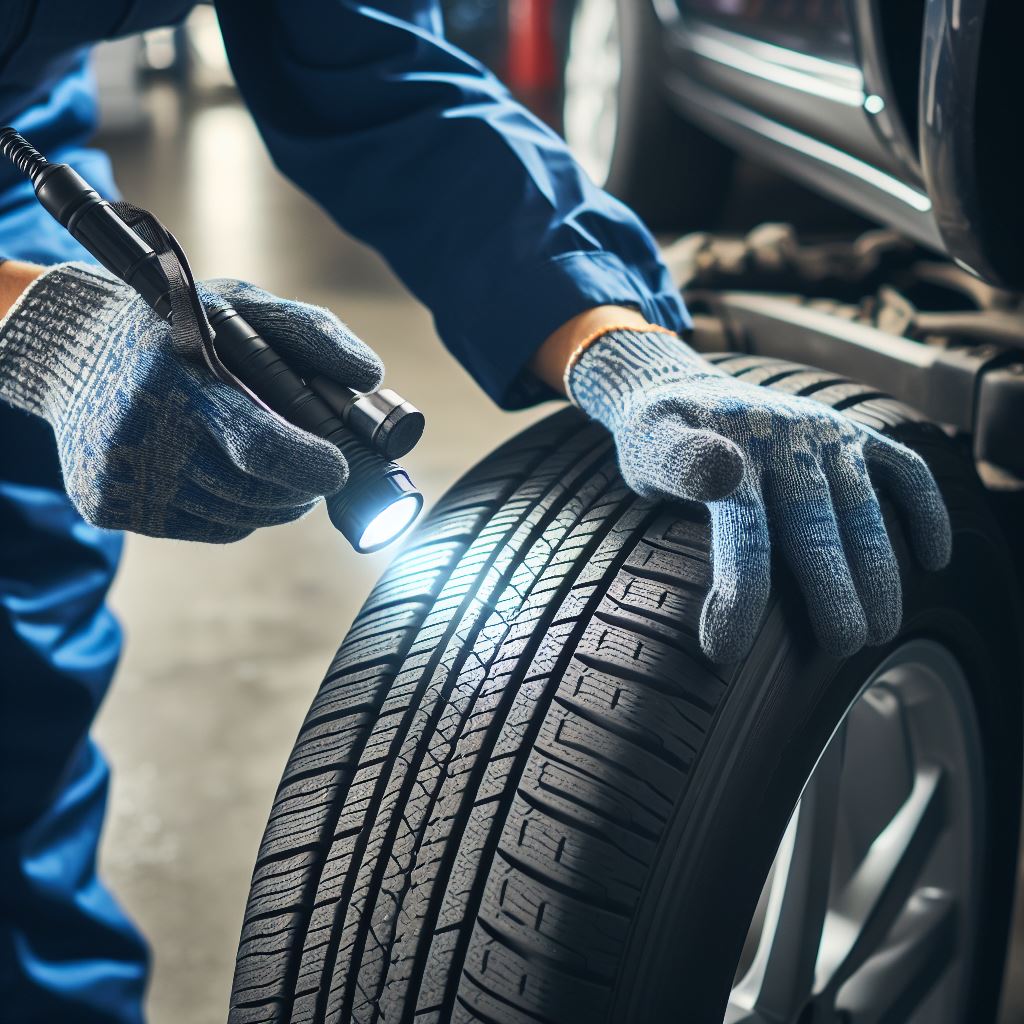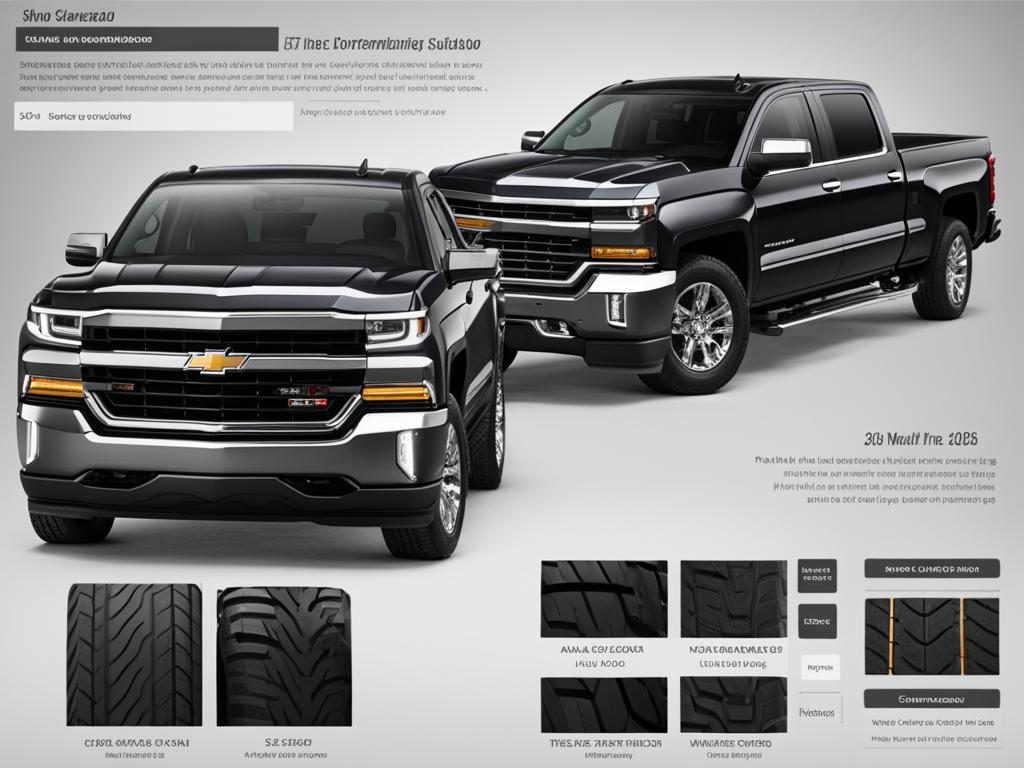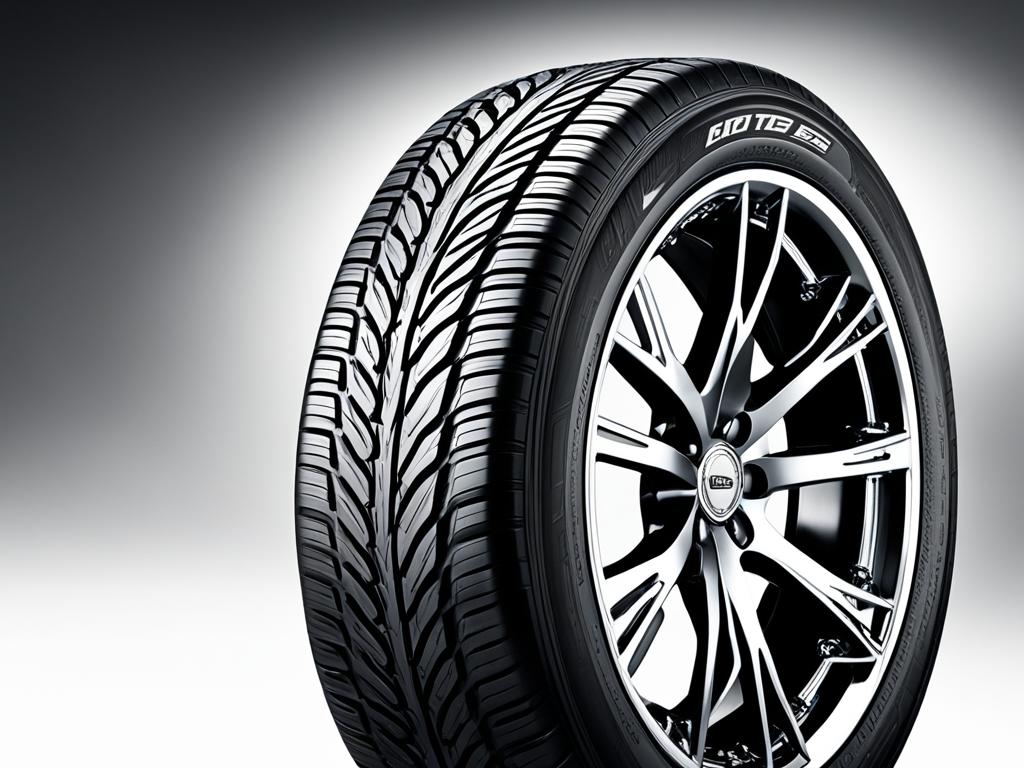Did you know that noisy tires after rotation are a common issue faced by many drivers?
Experience a smooth, quiet ride again with expert solutions for tire noise after rotation. In this comprehensive guide, we will explore the causes of tire noise after rotation and provide actionable tips to solve the issue. Find out why your tires might be making a repetitive “womp womp” sound and how to identify the specific problem. Discover the importance of proactive measures and proper tire maintenance in preventing noisy tires after rotation. We will also delve into advanced troubleshooting techniques and when to seek professional diagnostics. By the end of this guide, you’ll have the knowledge and tools to address tire noise after rotation and enjoy a quieter driving experience. Let’s get started!
Key Takeaways
- Tire noise after rotation is a common issue faced by many drivers.
- Understanding the specific “womp womp” sound can help you identify the underlying problem.
- Tire damage, foreign objects, rim damage, and tire balance are potential causes of noisy tires after rotation.
- Implementing proactive measures such as regular inspections, correct tire inflation, and periodic wheel alignments can help prevent tire noise.
- Advanced troubleshooting techniques, including vetting wheel bearings and suspension components, may be necessary to resolve persistent tire noise.
Diagnosing Tire Noise After Rotation: Understanding the Causes
Table of Contents
ToggleTo effectively solve tire noise after rotation, it’s essential to understand the underlying causes. In this section, we will explore different factors that can contribute to tire noise. We will start by helping you identify the specific noise you’re hearing and distinguishing it from other types of tire noise. Then, we’ll dive into common causes such as tire damage, including belt separation and sidewall bulges. We’ll also explore the possibility of foreign objects and punctures lodged in the tire. Additionally, we’ll shed light on often overlooked factors like rim damage and tire balance. By understanding these causes, you’ll be better equipped to diagnose and address the issue.
Identify the Noise: Is It a Womp Womp Sound?
The first step in diagnosing tire noise after rotation is to accurately identify the sound. The womp womp sound is a repetitive rhythmic noise that is not normal and indicates a problem. We will discuss how to differentiate this sound from other types of tire noise like squealing or humming. By pinpointing the specific noise, you can narrow down the potential causes and come closer to finding a solution.
Learn more about How to react if you experience a tire blowout while driving
Tire Damage: A Closer Look at Belts and Bulges
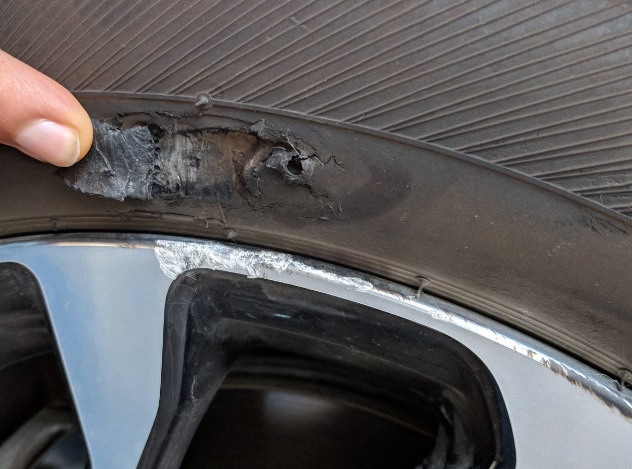 Tire damage is a common culprit of tire noise after rotation. We will examine the different types of damage that can result in the womp womp sound, such as belt separation and sidewall bulges. You’ll learn about the potential dangers of these types of damage, including reduced traction and the risk of a blowout. Understanding tire damage will empower you to take appropriate action to resolve the issue.
Tire damage is a common culprit of tire noise after rotation. We will examine the different types of damage that can result in the womp womp sound, such as belt separation and sidewall bulges. You’ll learn about the potential dangers of these types of damage, including reduced traction and the risk of a blowout. Understanding tire damage will empower you to take appropriate action to resolve the issue.
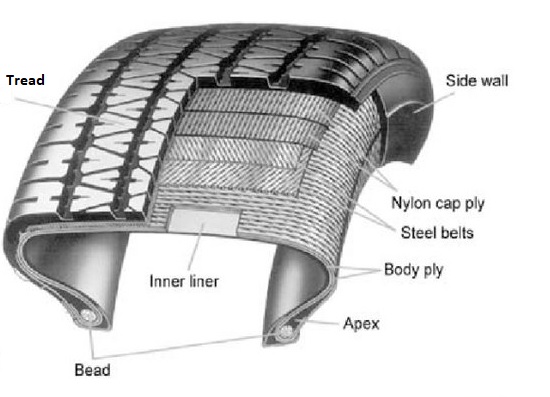
Foreign Objects and Punctures: Could They Be the Culprit?
Foreign objects and punctures can also cause tire noise after rotation. We’ll delve into how objects like rocks and nails can become lodged in your tires, leading to repetitive sounds as the tire rotates. We’ll discuss the difference between the sounds produced by larger objects versus smaller ones. You’ll gain insights into managing and addressing foreign objects and punctures, including when repair or replacement is necessary.
Learn more about Tire tread depth chart
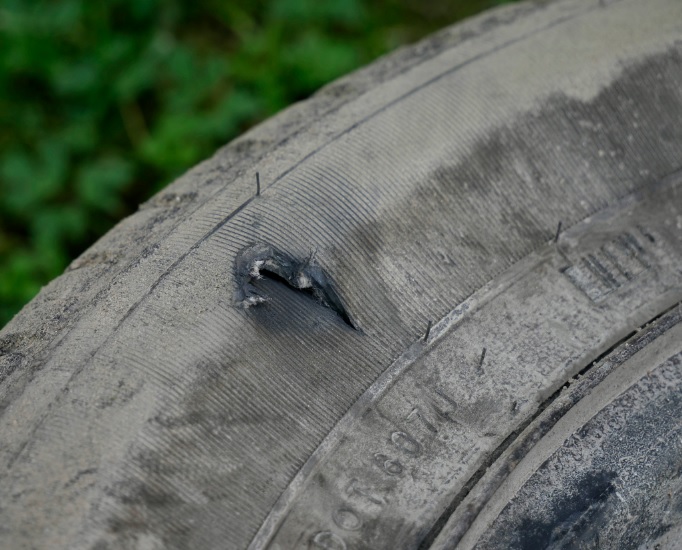
Rim Damage and Tire Balance: Often Overlooked Factors
Rim damage and tire balance are frequently overlooked factors that can contribute to tire noise. We’ll explain how bent or dented rims can affect the tire’s shape and generate noise. We’ll also explore the impact of tire balance on the overall smoothness of your ride. You’ll discover the importance of regular tire balancing and the potential consequences of neglecting this maintenance task. By considering rim damage and tire balance, you’ll be able to determine if these factors are contributing to the tire noise after rotation.
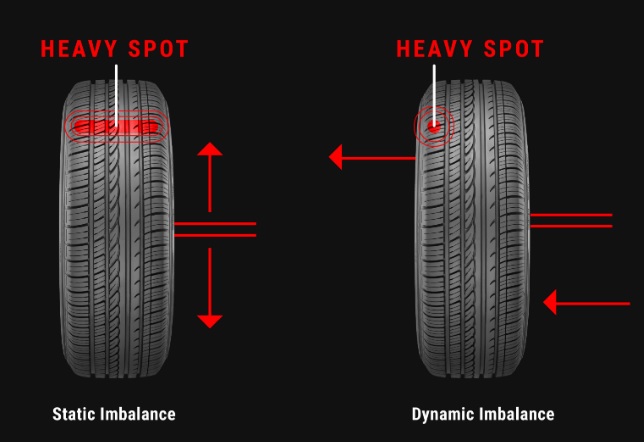
Proactive Measures to Counter Tire Noise After Rotation
Prevention is key when it comes to tire noise after rotation. By implementing proactive measures, you can reduce the likelihood of experiencing tire noise and enjoy a quieter driving experience.
Here are some tips for tire maintenance that can help prevent tire noise after rotation:
- Regular Inspections: Make it a habit to inspect your tires regularly for any signs of damage, wear, or abnormal tread patterns. By catching any issues early on, you can address them before they escalate and cause tire noise.
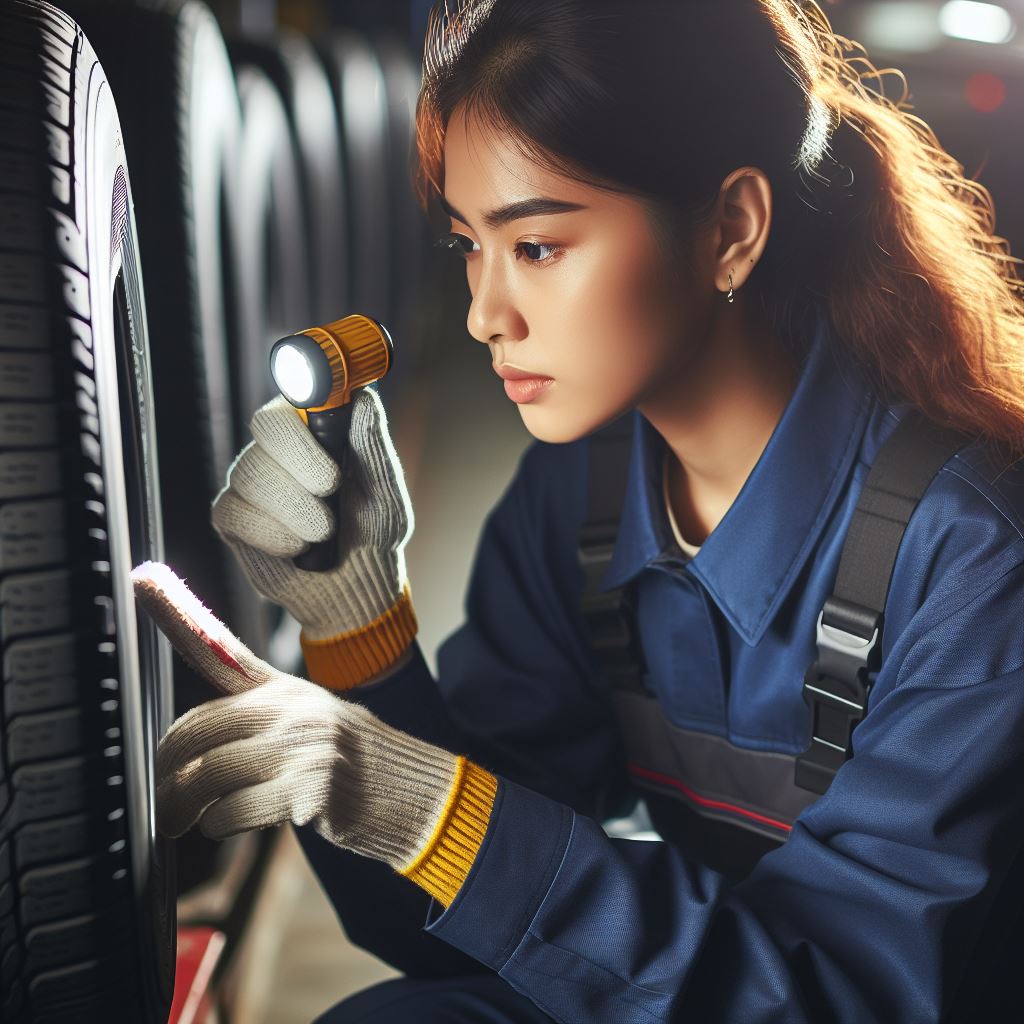
- Correct Tire Inflation: Maintaining optimal tire pressure is crucial for a smooth and quiet ride. Check your tire pressure regularly and inflate them to the recommended levels specified by your vehicle’s manufacturer.
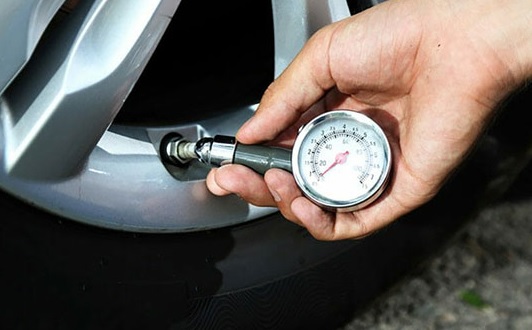
- Periodic Wheel Alignments: Proper wheel alignment ensures that your tires are correctly positioned and reduces unnecessary wear, which can lead to tire noise. Schedule regular wheel alignments to keep your tires aligned and minimize noise.
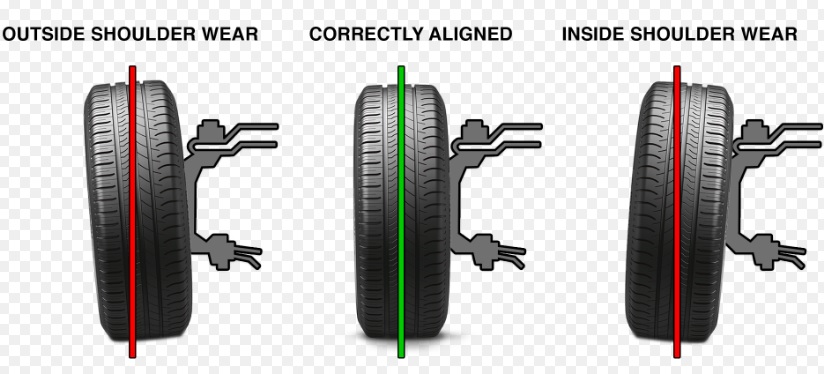
- Tire Rotations: Regular tire rotations help promote even wear across all four tires. This balanced wear reduces the chances of developing tire noise after rotation. Follow the recommended rotation schedule provided by your tire manufacturer or consult your vehicle’s owner’s manual for guidance.
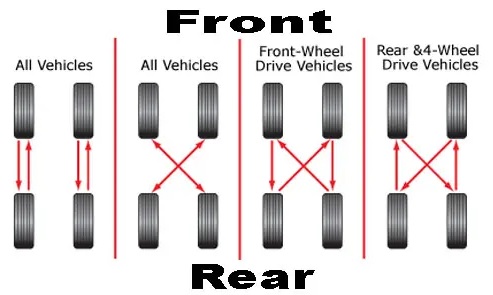
By following these proactive measures, you can prevent tire noise after rotation and maintain a smooth, quiet ride. Remember, prevention is always better than dealing with the frustration of tire noise.
Learn more about tire size calculator
The Role of Tire Maintenance in Preventing Noisy Tires After Rotation
Proper tire maintenance is essential for preventing noisy tires after rotation. By implementing proactive measures and following regular maintenance tasks, you can minimize tire noise and ensure a smoother and quieter driving experience.
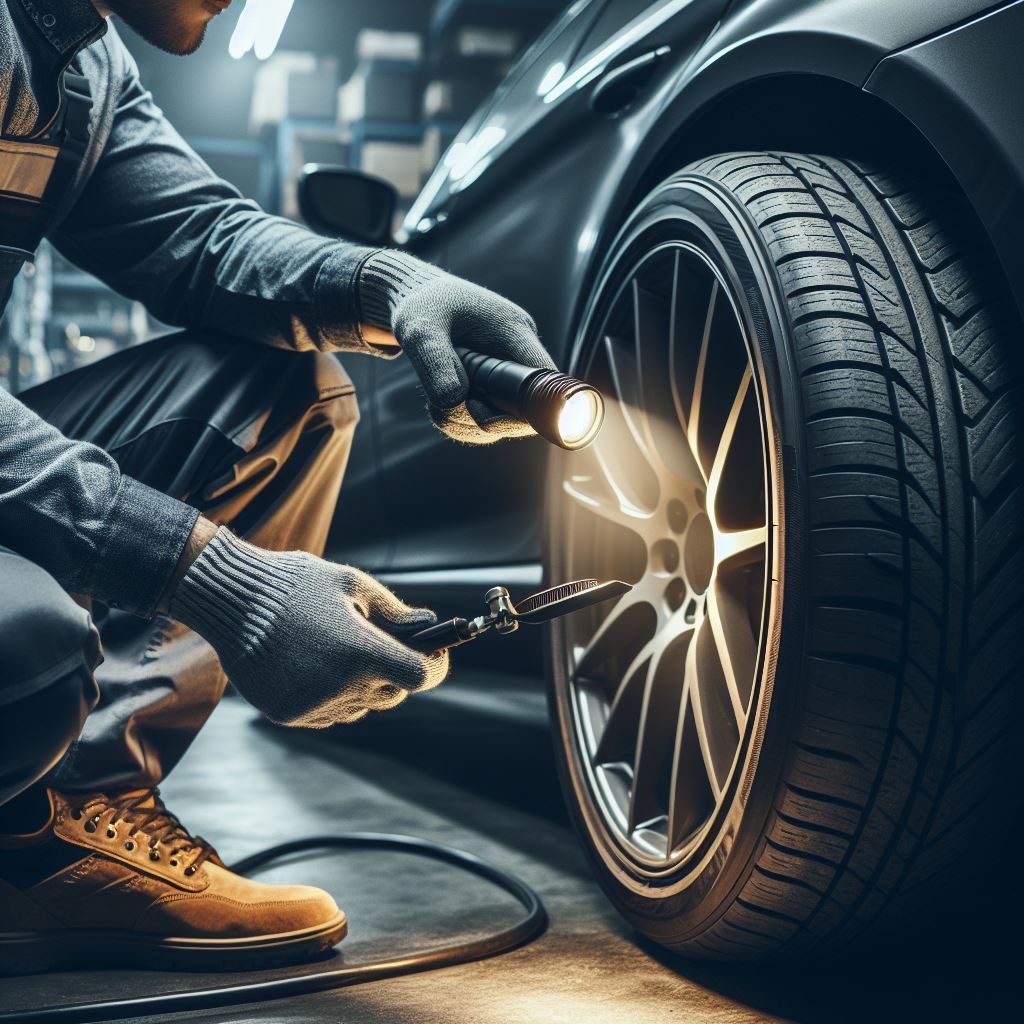
Regular Tire Inspections: A Simple Yet Effective Strategy
Regular tire inspections are a vital part of tire maintenance. They allow you to identify signs of damage or abnormal wear patterns early on, preventing further issues that can lead to tire noise. During a tire inspection, it is important to visually inspect the tires for any visible damage, such as cuts, bulges, or punctures.
Additionally, checking the tread depth and evenness across all tires is crucial in maintaining optimal performance and reducing noise. By incorporating regular tire inspections into your maintenance routine, you can proactively address potential tire noise issues and ensure the longevity and performance of your tires.
Learn more about Best tire storage erack and cover
Correct Tire Inflation: Keeping Your Tires at Optimal Pressure
Correct tire inflation is another critical aspect of tire maintenance to prevent noisy tires after rotation. Maintaining optimal tire pressure not only ensures safe driving but also minimizes tire noise. Underinflated or overinflated tires can cause irregular wear and generate excessive noise. It is recommended to check tire pressure regularly using a tire pressure gauge and adjust it according to the manufacturer’s specifications. By prioritizing correct tire inflation, you can enjoy a smoother and quieter ride.
The Importance of Periodic Wheel Alignments and Tire Rotations
Periodic wheel alignments and tire rotations are key maintenance tasks that contribute to minimizing tire noise after rotation. Wheel alignments ensure proper tire alignment, which in turn reduces tire wear and noise. By aligning the wheels, you prevent uneven tire tread wear, which can cause vibrations and noise while driving.
Furthermore, regular tire rotations promote even tire wear, extending the lifespan of your tires and reducing noise. Rotating the tires at recommended intervals can help equalize tire wear patterns and maintain a quiet and smooth ride. Consult your vehicle’s owner manual or a trusted technician to determine the optimal rotation schedule for your specific vehicle.
By following these tire maintenance practices, including regular inspections, correct tire inflation, and periodic wheel alignments and tire rotations, you can proactively address potential tire noise issues and maintain a quieter ride. Prioritizing tire maintenance not only enhances your driving experience but also improves the overall safety and performance of your vehicle.
Advanced Troubleshooting Techniques for Tire Noise After Rotation
If you’re facing persistent tire noise after rotation, advanced troubleshooting techniques may be required. In this section, we’ll explore how to vet wheel bearings and suspension components for potential problems. We’ll guide you through professional diagnostics and when it’s advisable to consult experts for a thorough assessment. Additionally, we’ll discuss whether tire noise after rotation could be a sign of larger underlying issues. By employing these troubleshooting techniques, you can uncover the root cause of the tire noise and take appropriate measures to resolve it.
Vetting Wheel Bearings and Suspension Components
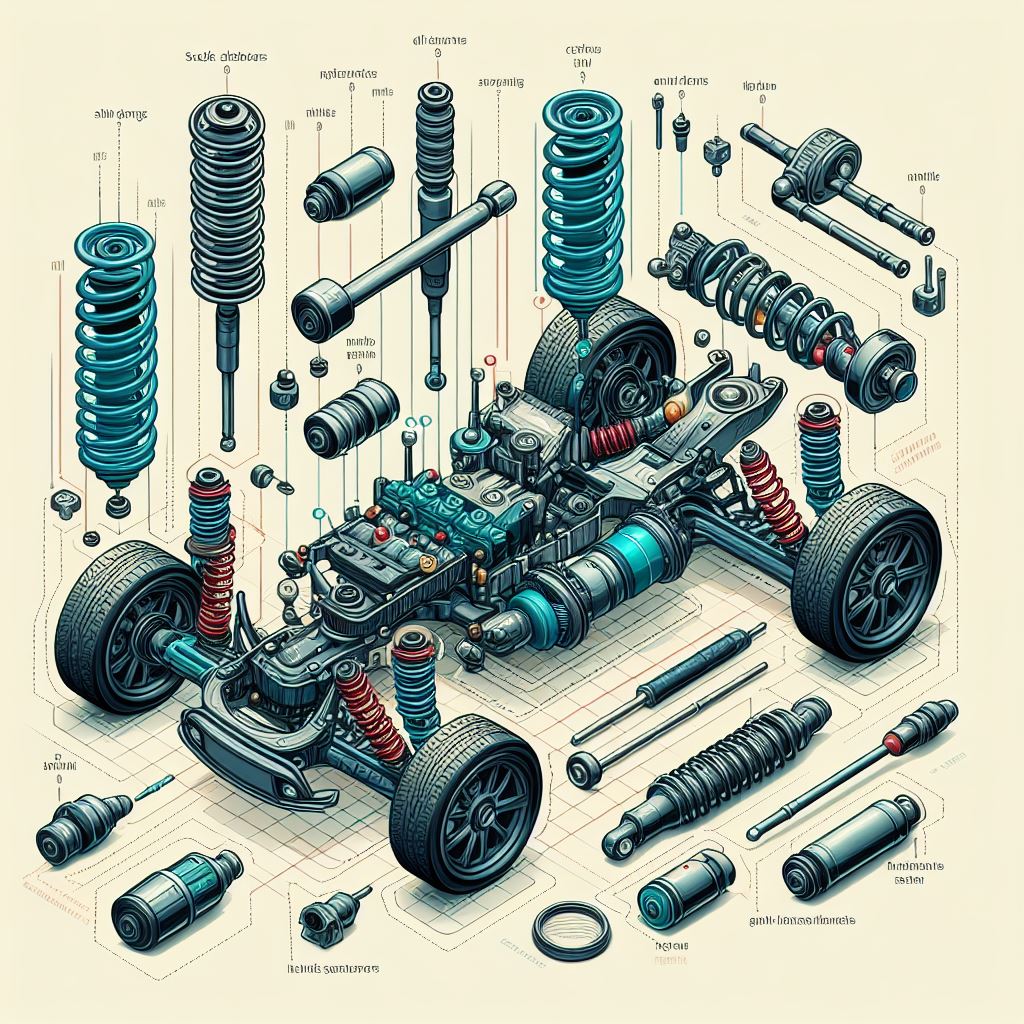
Wheel bearings and suspension components can contribute to tire noise after rotation. We’ll provide insights into how to vet these components for potential issues, including signs of wear or damage. You’ll learn how to identify symptoms that indicate wheel bearing or suspension problems and the importance of addressing these concerns promptly. By thoroughly vetting wheel bearings and suspension components, you’ll gain a clearer understanding of their role in the tire noise issue.
Learn more about Best off road tires for Tacoma
Professional Diagnostics: When to Consult the Experts
If your efforts to diagnose and resolve tire noise after rotation have been unsuccessful, it may be time to consult professionals. We’ll discuss the benefits of seeking professional diagnostics to pinpoint the exact cause of the tire noise. You’ll gain insights into the expertise and equipment that professionals bring to the table. We’ll also shed light on when it’s advisable to reach out to experts for their assessment and recommendations. By knowing when to consult the experts, you can save time and ensure an accurate diagnosis of the tire noise issue.
Tire Noise After Rotating: Is it a Sign of Larger Issues?
Tire noise after rotating can sometimes be indicative of larger underlying issues. We’ll address common concerns and potential causes of tire noise that may extend beyond simple rotation-related problems. You’ll gain an understanding of when tire noise can be a sign of more serious issues and the importance of addressing them promptly. By recognizing the signs of larger issues, you can take appropriate action to prevent further damage or unsafe driving conditions.
Conclusion
In this comprehensive guide, we’ve explored the various causes of tire noise after rotation and provided actionable solutions to resolve the issue. By understanding the contributing factors such as tire damage, foreign objects, rim damage, and tire balance, you are better equipped to diagnose and address the problem. We’ve also discussed proactive measures to prevent tire noise, including regular tire inspections, correct tire inflation, and periodic wheel alignments and tire rotations.
For those facing persistent tire noise after rotation, we’ve introduced advanced troubleshooting techniques such as vetting wheel bearings and suspension components and seeking professional diagnostics when necessary. Identifying larger underlying issues is crucial in ensuring a safe and quiet driving experience. By following the tips and insights provided in this guide, you can address tire noise after rotation and enjoy a peaceful ride.
Don’t hesitate to consult professionals if needed. Their expertise can help you pinpoint the exact cause of the tire noise and recommend appropriate solutions. Remember that regular tire maintenance is key to optimal performance. By prioritizing tire inspections and maintenance tasks, you can prevent issues before they arise.
Say goodbye to the “womp womp” sound and hello to a quieter and smoother driving experience. Act now to resolve tire noise after rotation and enjoy the peace of mind that comes with a well-maintained and quiet vehicle.
FAQ
What is tire noise after rotation?
Tire noise after rotation refers to a repetitive “womp womp” sound that occurs when driving. It is not a normal sound and indicates a potential problem with your tires.
What are the causes of tire noise after rotation?
Tire damage, including belt separation and sidewall bulges, foreign objects and punctures, rim damage, and tire balance issues can all contribute to tire noise after rotation.
How can I identify the specific noise of tire noise after rotation?
The “womp womp” sound is a repetitive rhythmic noise that is not normal. It can be distinguished from other types of tire noise like squealing or humming.
How can tire damage contribute to tire noise after rotation?
Tire damage, such as belt separation or sidewall bulges, can affect the tire’s shape and create noise as it rotates. It can also lead to reduced traction and the risk of a blowout.
Can foreign objects and punctures cause tire noise after rotation?
Yes, foreign objects like rocks or nails lodged in the tire can cause repetitive sounds as the tire rotates. Larger objects may produce different sounds compared to smaller objects.
Why are rim damage and tire balance important factors in tire noise after rotation?
Bent or dented rims can affect the tire’s shape and generate noise when rotating. Improper tire balance can also lead to vibrations and loud noise. Both factors should be considered when addressing tire noise.
What proactive measures can I take to prevent tire noise after rotation?
Regular tire inspections, correct tire inflation, and periodic wheel alignments and tire rotations can help prevent tire noise after rotation and ensure optimal tire performance.
Why are regular tire inspections important in preventing tire noise after rotation?
Regular tire inspections allow you to identify signs of tire damage or abnormal wear patterns. By catching these issues early, you can take appropriate action to prevent further problems.
How does correct tire inflation reduce tire noise after rotation?
Maintaining optimal tire pressure is crucial for quiet and safe driving. Correct tire inflation helps minimize vibrations and noise caused by uneven tire wear.
What is the importance of periodic wheel alignments and tire rotations in preventing tire noise after rotation?
Wheel alignments ensure proper tire alignment, reduce tire wear, and minimize noise. Regular tire rotations promote even wear and extend the lifespan of your tires, reducing the likelihood of tire noise after rotation.
What can I do if I cannot diagnose or resolve tire noise after rotation?
If you’re facing persistent tire noise after rotation, it may be necessary to consult professionals for advanced troubleshooting. They can vet wheel bearings, suspension components, and conduct professional diagnostics to pinpoint the cause of the noise.
Could tire noise after rotation be a sign of larger underlying issues?
Yes, tire noise after rotation can sometimes indicate larger underlying issues with wheel bearings, suspension components, or other parts of the vehicle. It is important to address these concerns promptly to prevent further damage or unsafe driving conditions.
What if I still cannot resolve tire noise after rotation?
If your efforts to diagnose and resolve tire noise after rotation have been unsuccessful, it is advisable to consult professionals. Their expertise and equipment can provide a thorough assessment and recommendations to address the issue effectively.
